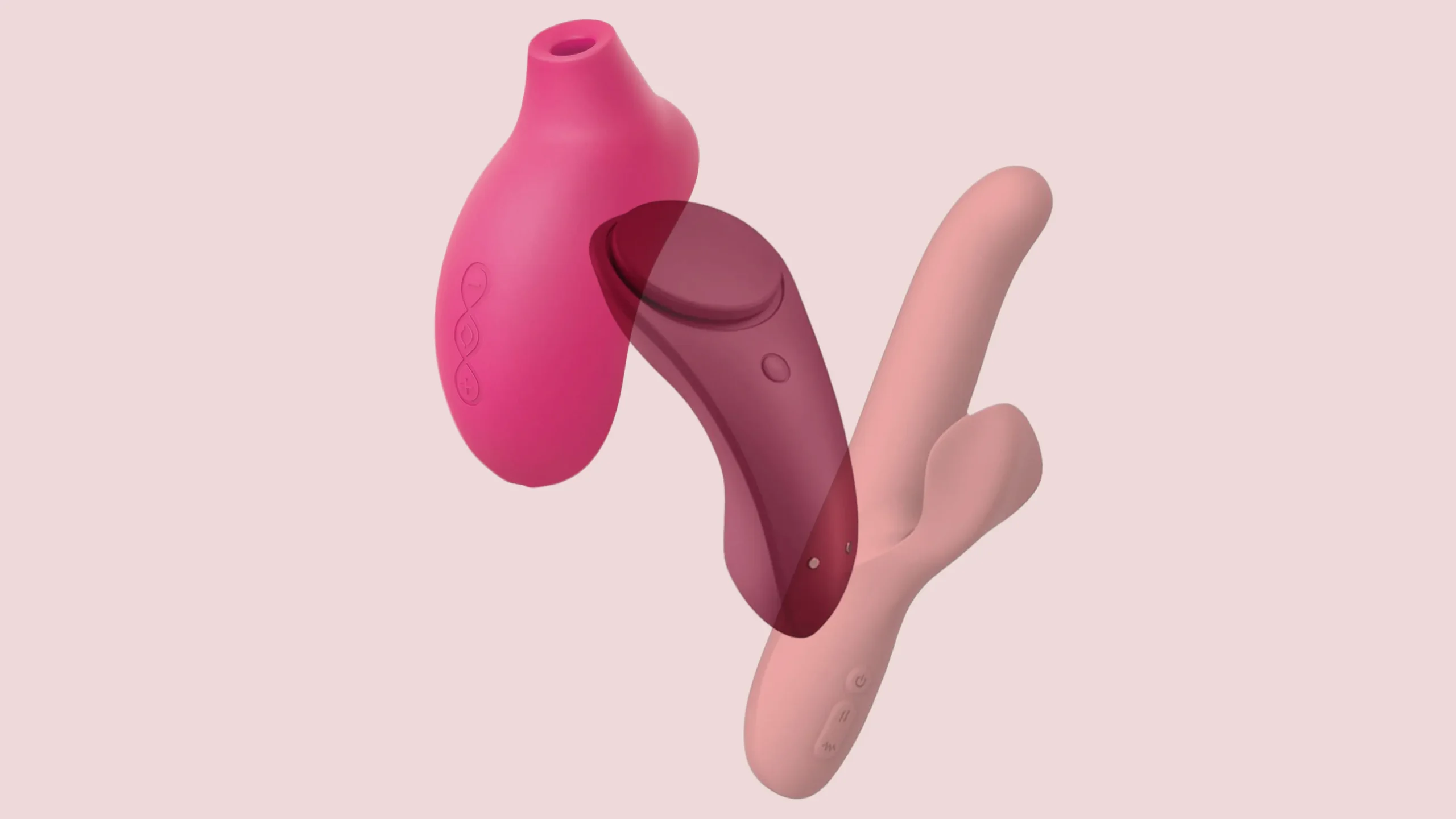#1 Best Lubricants for Couples!
Buy Best Lubricants for Couples: Click here
In the world of intimacy, one often encounters various aids designed to enhance the experience between couples. Among these aids, lubricants play a crucial role. In this article, we will delve into the intricacies of lubricants, their types, applications, and the societal perceptions surrounding their use.
Table of Contents
- Types of Lubricants
- Water-Based Lubricants
- Silicone-Based Lubricants
- Oil-Based Lubricants
- Hybrid Lubricants
- How Lubricants Enhance Intimacy
- Choosing the Right Lubricant
- Applying Lubricant Safely
- Overcoming Stigmas and Taboos
- The Market for Lubricants
- Addressing Concerns and Myths
- DIY Lubricants
- Environmental Impact of Lubricants
- Lubricants and Overall Well-Being
- Personal Testimonials
- Lubricants and Health
- Innovations in Lubricant Technology
- Conclusion
Types of Lubricants for Couples
Water-Based Lubricants
Water-based lubricants are widely popular for their versatility. They are compatible with various activities and materials, making them a common choice for many couples.
Silicone-Based Lubricants
Silicone-based lubricants offer a longer-lasting glide. They are suitable for activities that require extended lubrication, but it’s crucial to ensure compatibility with the materials involved.
Oil-Based Lubricants
Oil-based lubricants provide a silky feel and are often preferred for massages. However, they may not be suitable for use with certain contraceptives, so caution is advised.
Hybrid Lubricants
Hybrid lubricants combine the best of both water and silicone-based options. They aim to offer extended lubrication while maintaining compatibility with different materials.
How Lubricants Enhance Intimacy
Lubricants go beyond addressing dryness issues; they significantly enhance intimacy by increasing comfort and improving overall sensation. Couples find that the use of lubricants allows for a more pleasurable and connected experience.
Choosing the Right Lubricant
Selecting the right lubricant involves considering personal preferences, potential allergies, and compatibility with different activities. Open communication with your partner is essential in making the best choice for both.
Frequently Asked Questions
- Are lubricants safe to use?
- Lubricants are generally safe for use, but it’s essential to choose the right type and be aware of any allergies or sensitivities.
- Can lubricants affect fertility?
- No, lubricants are formulated to be fertility-friendly. However, it’s advisable to use products specifically designed for this purpose.
- What are the advantages of water-based lubricants?
- Water-based lubricants are versatile, compatible with various materials, and easy to clean. They are a popular choice for many couples.
- How do I choose the right lubricant for different activities?
- Consider personal preferences, potential allergies, and compatibility with materials. Open communication with your partner is crucial.
- Can I use DIY lubricants?
- While DIY lubricants are an option, it’s important to exercise caution
Are you ready to embark on a journey of heightened pleasure? Reach out to us at Building unit R1 #68 Gen Maxilom St. Mango Avenue Cebu City or WhatsApp us at +63 950 574 8358. Let your desires take flight!









